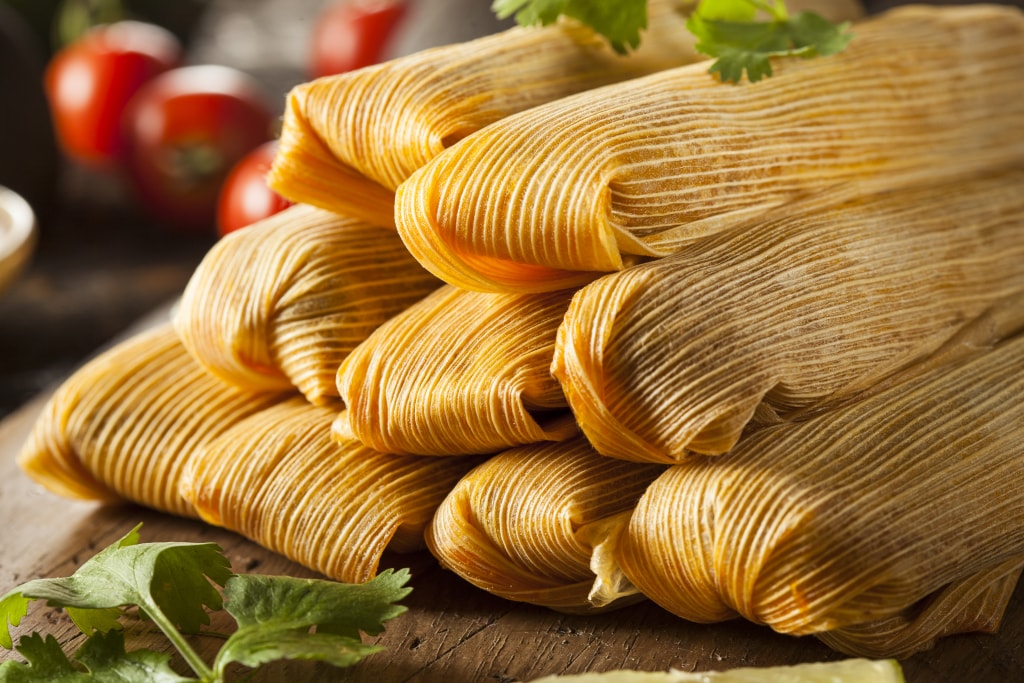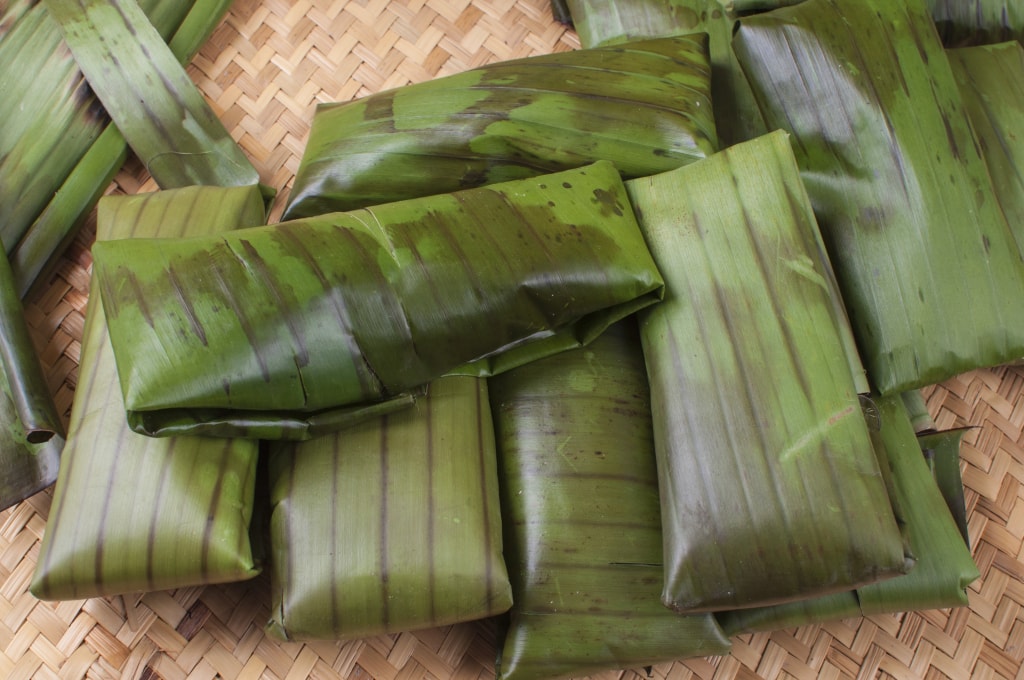Tamales are by far one of the most intriguing foods I’ve come to learn about in my studies of Latin cuisine. Don’t get me wrong, I’ve always been a sure bet for at least two or three (maybe ten) tamales around Christmas time. I’ll even admit to having bought a dozen from a stranger’s trunk in a Home Depot parking lot… twice. But my creepy food tendencies aside, tamales undoubtedly have the most fascinating story in the world of food.
ORIGIN
For starters, they’ve withstood the test of time. Tamales can be traced back to 8,000 BC—making them one of the oldest foods still alive and kicking on menus today. They have some solid longevity, and it’s quite astonishing to see how long they’ve remained such a significant part of Latin culture throughout the centuries.

It’s amazing that the first evidence of the tamal is over 10,000 years old! That’s ancient. Literally. What we know as the tamales of our day are the very same tamales eaten by pre-historic Mesoamericans… minus the lard. Before the Mayans and Aztecs came the Olmecs and the Toltecs—all of which were loyal tamale makers and eaters. Tamales were often carried by warriors on long journeys and hunters on hunting trips. The women made them for festivals and rituals, and their preparation hasn’t changed much since. It’s safe to say that tamales have been the food ‘of the people’ in Mexico and Central America for millennia.
HISTORY
Unfortunately, learning about pre-historic civilizations can be a challenge due to the lack of written word. There’s no books, no journals, no observers to detail what was going on during that time. However, the Tolmecs and Olmecs were big drawers and within their hieroglyphics were pictures of women making tamales— so that settles that. Pretty cool, huh?
When the Aztec and Mayan civilizations took over the area, they derived a whole lot of influence from the previous cultures. And in that spirit, the tamale became part of the everyday Aztec and Mayan lives—spreading throughout Mexico and all of Central America. Aztecs even had tamale festivals and week-long tamale-eating rituals. Now, that’s a ritual I think should make a comeback… sign me up.

This wasn’t just food; it was a spiritual experience and a unifying celebration, with the whole community coming together to share in the joys of this humble, yet deeply meaningful dish. The Mayans also incorporated tamales into their daily lives and spiritual practices, associating maize (corn) with the very creation of humanity in their mythology.
The colonization of the Americas brought with it new influences and ingredients that transformed many native dishes, yet tamales retained their identity. With the arrival of lard and other European ingredients, tamales evolved further, with regional variations developing across Latin America. In Mexico alone, there are over 500 kinds of tamales today, each with a unique twist depending on the area’s ingredients and traditions. From the classic pork-filled tamales of Veracruz to the sweet and spicy varieties of Oaxaca, tamales have become a vibrant tapestry of flavors and textures, adapting yet remaining tied to their ancient origins.
In Central America, tamales continue to play a vital role in celebrations, from family gatherings to national holidays. Guatemala, for instance, is known for its tamales made with rice flour and banana leaves, while El Salvador has its own take with tamales pisques, filled with a mixture of black beans. These diverse versions show just how deeply rooted tamales are in the cultural identity of Latin American countries.
TODAY
The global love for tamales has only grown, transcending borders and bringing people together. Today, you can find tamale enthusiasts all over the world, celebrating this ancient food in a modern setting. And even though the recipe might have taken on a few twists and turns over the centuries, the essence of tamales remains the same—a warm, comforting bite that carries with it a rich history and a connection to the past.
In a way, each tamale is like a tiny time capsule, filled with centuries of tradition, resilience, and love. They’re more than just a holiday treat or a quick snack; they’re a living piece of history, offering a taste of a culture that stretches back several thousands of years.
So next time you unwrap a tamale, remember—you’re partaking in a tradition that’s stood the test of time, bringing people together in a shared experience that’s as rich as it is delicious.
